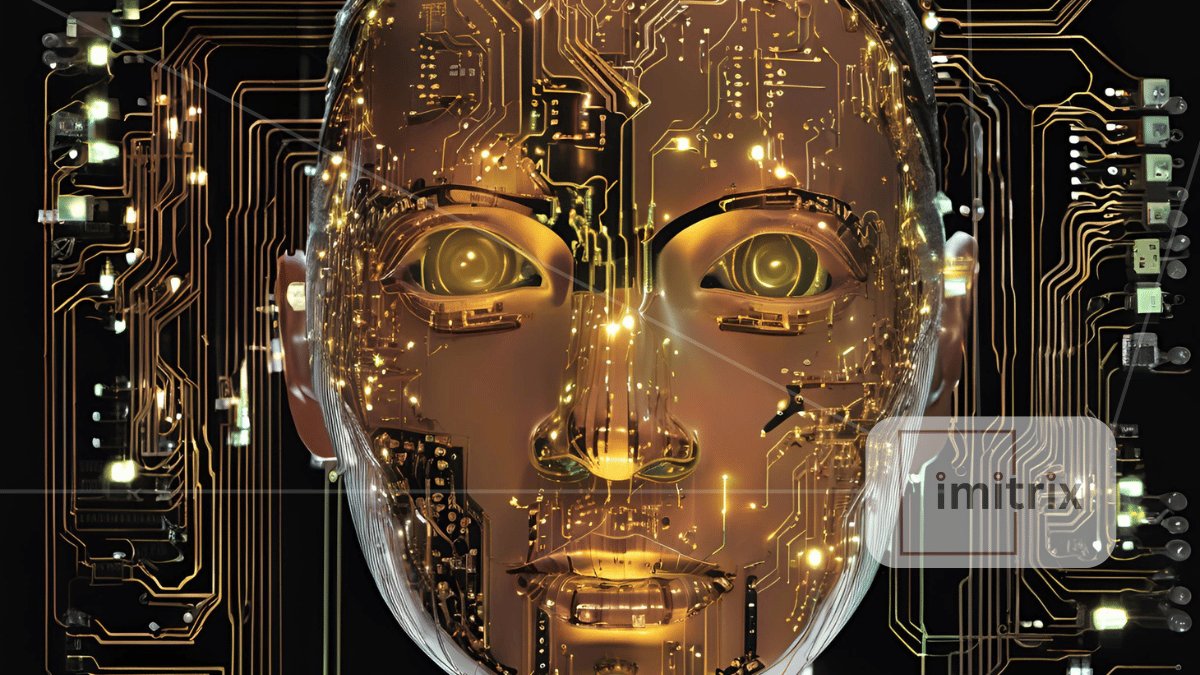Artificial Intelligence (AI) is no longer a futuristic concept. It’s here, embedded in businesses, hospitals, apps, and even medical devices. The promises are big: faster decisions, lower costs, and improved outcomes. But behind the excitement lies the dark side of AI—a growing concern that deserves more attention. In both business and healthcare, AI’s rapid adoption is creating new risks—some technical, some ethical, and many still not fully understood.
Business: Speed Meets Shortcuts
In the business world, AI tools are being used to automate everything from hiring decisions to financial forecasting. The benefits are obvious: reduced human error, faster processes, and insights drawn from massive datasets. But the dark side of AI is becoming harder to ignore, revealing major downsides that impact fairness, transparency, and accountability.
Algorithmic Bias
AI systems learn from data. But if that data reflects past human biases say, in hiring or lending then the AI will replicate and even amplify them. This is a clear example of the dark side of AI. Several studies have shown AI-powered recruitment tools rejecting candidates based on gender, ethnicity, or age. For example, Amazon scrapped an internal AI recruiting tool after it was found to downgrade resumes with the word “women’s.”
When businesses lean too heavily on AI without auditing its decisions, they risk legal trouble, reputational damage, and lost trust from customers and employees alike.
Job Displacement Without a Safety Net
The automation of repetitive tasks is inevitable. But what happens to the displaced workers? The dark side of AI becomes clear when we look beyond efficiency and see the human cost. AI doesn’t just threaten blue-collar jobs—it’s replacing marketing analysts, paralegals, financial advisors, and even some entry-level coders. Companies are often too focused on profit margins to invest in reskilling or job transition programs.
Worse, the displacement tends to hit vulnerable workers first—those with less education or access to retraining. That widens the inequality gap, creating long-term social and economic risks.
Over-Reliance and Fragility
Businesses are racing to integrate AI into core systems, but many don’t understand how the models work—or what to do if they fail. An AI-based trading system might make millions in seconds, or lose it just as fast. Companies that rely too much on AI risk becoming fragile, especially when they don’t have people who can step in and question the machine.
If the COVID-19 pandemic taught us anything, it’s that systems built for efficiency often collapse under real-world stress. AI can make companies more efficient—but also more brittle.
Healthcare: Precision With Pitfalls
In healthcare, AI has the potential to revolutionize diagnostics, drug discovery, and patient care. Algorithms can read X-rays, flag abnormal lab results, and predict disease outbreaks. But here too, the risks are serious.
Diagnostic Errors
AI is being used to assist or even replace radiologists, pathologists, and primary care doctors. But what happens when the AI gets it wrong? Unlike a human doctor, AI can’t explain its reasoning. That creates a dangerous gray area where mistakes can go unchallenged.
In 2020, a study in Nature revealed that an AI model trained to detect breast cancer performed well in some conditions—but struggled when tested on data from different populations. That’s a big problem. If healthcare systems adopt AI tools without proper validation, especially across diverse groups, patients may suffer.
Data Privacy and Exploitation
AI in healthcare runs on personal data—scans, medical histories, genetic information. This data is sensitive, and often irreplaceable. But many startups and large tech firms see it as a goldmine. In some cases, health data is collected with minimal transparency or sold to third parties.
Patients usually aren’t aware of how their data is being used or who has access. In 2019, Google faced backlash over its “Project Nightingale,” which involved accessing health data from millions of Americans without explicit patient consent. The risk here isn’t just about leaks—it’s about trust.
Dehumanization of Care
Healthcare is not just about diagnosis and treatment—it’s also about empathy, reassurance, and the human touch. When AI takes over more parts of patient interaction, there’s a risk that care becomes more transactional. Virtual assistants can answer questions, but they can’t replace the emotional intelligence of a nurse at a bedside.
This is more than a “soft” concern. Studies show that patient outcomes improve when they feel heard and supported. AI can’t replicate that.
What’s Driving the Risk?
The common thread in both business and healthcare is speed. AI is developing faster than policies, safeguards, or ethics can keep up. There’s a gold rush mentality—everyone wants to be first, to automate more, to extract more value. Regulation lags behind. Transparency is rare. And the pressure to scale quickly often leads to shortcuts.
Another issue is the black-box nature of many AI systems. Companies buy into tools without fully understanding how they work or what data they were trained on. In healthcare, this can literally be a matter of life or death.
Should We Worry?
Yes—but not in a sci-fi, killer-robot sense. The real dangers are already here. AI can discriminate, misdiagnose, exploit, and displace. And because its decisions often happen behind the scenes, the harm can be invisible until it’s too late.
But this doesn’t mean we should abandon AI. The key is to manage it. That means:
- Mandating transparency in algorithms, especially in high-stakes areas like health and finance.
- Auditing AI systems regularly for bias and accuracy.
- Investing in human oversight, rather than cutting it out.
- Protecting data privacy, with stricter rules and real consequences.
- Reskilling workers, so the transition to AI-enhanced systems doesn’t leave people behind.
The problem isn’t AI itself. It’s how we choose to use it—or let it use us. AI is a tool. Like any tool, it can build or destroy. What matters is who’s holding it, and why.

